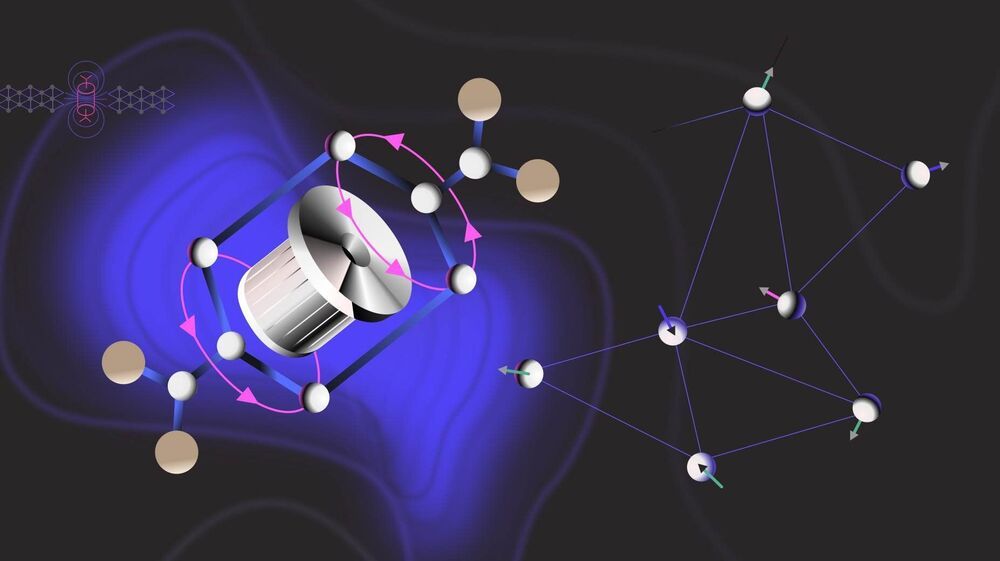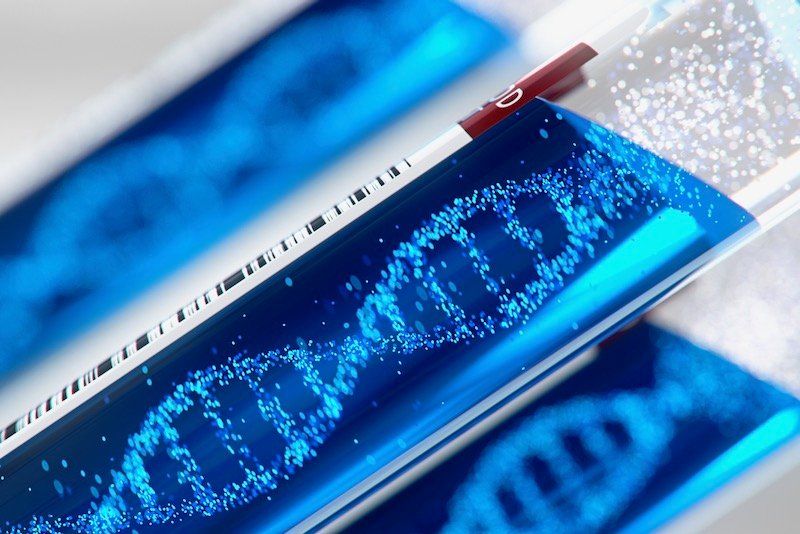In 1973, physicist and later Nobel laureate Philip W. Anderson proposed a bizarre state of matter: the quantum spin liquid (QSL). Unlike the everyday liquids we know, the QSL actually has to do with magnetism—and magnetism has to do with spin.
Disordered electron spin produces QSLs
What makes a magnet? It was a long-lasting mystery, but today we finally know that magnetism arises from a peculiar property of sub-atomic particles, like electrons. That property is called “spin,” and the best—yet grossly insufficient—way to think of it is like a child’s spinning-top toy.







